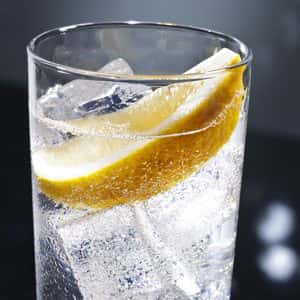
Q. Your column on quinine water proved almost fatal for me. Night-time leg cramps have been an ongoing problem, so I bought a bottle of tonic water.
On Saturday I had a 5 ounce glass before supper; Sunday morning by 9 am I was in the emergency room with a frightening skin reaction. I was treated promptly, but needed to be hospitalized for many days.
My platelet count on admission was 2,000, and it dropped further to 1,000. Now it has gradually come back up to 266,000. I have been diagnosed with idiopathic thrombocytopenic purpura, and my hematologist said the onset was caused by the quinine water. Even a drop of it would have the same effect on me. He said I should not have it in the house!
I do hope this information will be valuable for any ITP patients who might consider using quinine water.
A. We were horrified to read of your reaction to quinine. This is precisely why the FDA banned it for treating leg cramps. Some people are extremely sensitive to quinine, and you are clearly among them.
Many folks don’t realize that tonic water gets its distinctive flavor from quinine. For you, that small glass had enough active drug to trigger a life-threatening blood reaction.
People who have taken quinine safely in the past have complained about not being able to get it easily to treat leg cramps at night. Tonic water offers them an alternate source of quinine. Thank you for reminding us all that even small amounts of this chemical can be very hazardous for some people.
There are alternatives to tonic water and quinine for relieving leg cramps such as Bed Soap, mustard or pickle juice. Look for them in our Guide to Leg Pain or in our new book from National Geographic, Quick & Handy Home Remedies.

